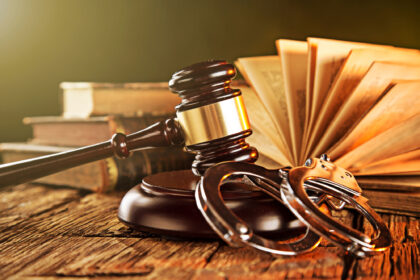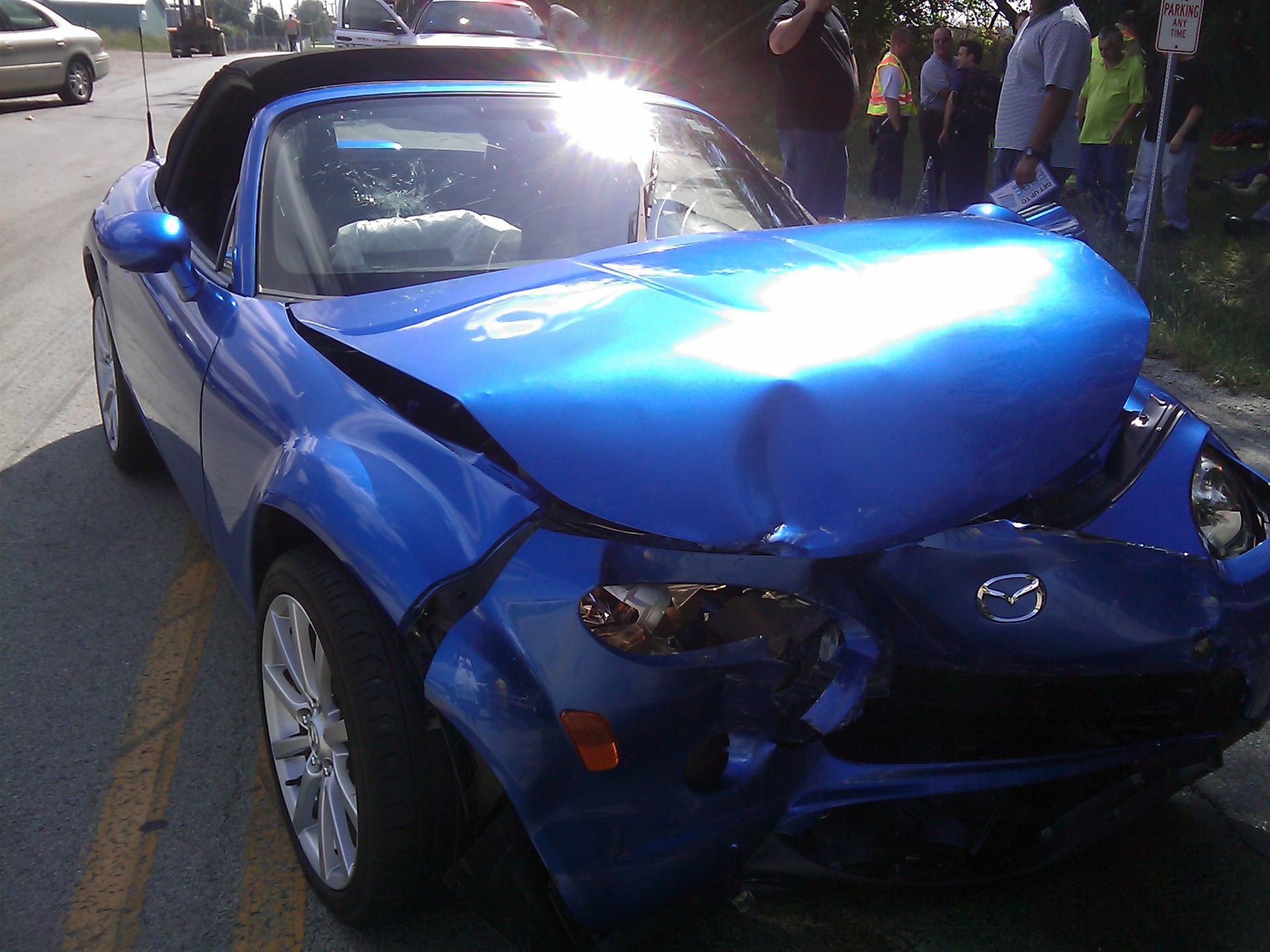Personal injury claims arise when someone is injured due to the negligence or wrongful actions of another person or entity. These cases involve a wide range of situations, and understanding the different types of personal injury claims can help victims navigate the legal process. In this guide, we’ll explore the most common types of personal injury claims and the steps typically involved in filing a lawsuit.
1. Motor Vehicle Accidents
One of the most prevalent types of personal injury claims involves motor vehicle accidents. These can include car accidents, truck collisions, motorcycle crashes, or incidents involving pedestrians and cyclists. The negligence of another driver, whether due to speeding, distracted driving, or driving under the influence, often leads to these accidents.
Legal Process:
- The victim (plaintiff) will typically file a claim with the at-fault driver’s insurance company.
- If a settlement is not reached, the plaintiff can file a lawsuit.
- The case proceeds through discovery, where both parties gather evidence like police reports, medical records, and witness statements.
- The case may either settle before trial or proceed to court, where a judge or jury will determine fault and award damages.
2. Slip and Fall Accidents
Slip and fall cases are part of premises liability claims. They occur when someone is injured due to unsafe conditions on another’s property, such as wet floors, uneven surfaces, or poorly maintained walkways. Property owners, including landlords, store owners, or even homeowners, have a legal responsibility to ensure their property is reasonably safe for visitors.
Legal Process:
- The injured party must prove that the property owner was negligent in maintaining their premises.
- Evidence such as photographs of the hazardous condition, surveillance footage, and medical records may be used to support the claim.
- The plaintiff must also demonstrate that the property owner had knowledge of the danger and failed to correct it in a reasonable time.
- Settlements are common, but if an agreement isn’t reached, the case may go to trial.
3. Medical Malpractice
Medical malpractice occurs when a healthcare provider’s negligence leads to injury or harm to a patient. These cases can involve misdiagnosis, surgical errors, improper treatment, or birth injuries. Medical professionals have a duty of care to their patients, and when that duty is breached, the results can be devastating.
Legal Process:
- The plaintiff must prove that the healthcare provider’s negligence directly caused harm, which requires expert testimony from other medical professionals.
- In many states, the plaintiff must first submit their case to a medical review panel before it can go to trial.
- After gathering evidence, the case may settle or proceed to court, where both parties present expert witnesses to explain whether the standard of care was breached.
- Medical malpractice cases often involve substantial damages, including compensation for medical bills, pain and suffering, and lost income.
4. Product Liability
Product liability claims arise when a defective product causes injury to a consumer. These cases can involve anything from faulty car parts and dangerous toys to contaminated food or prescription drugs. Manufacturers, distributors, and retailers can all be held liable for selling a dangerous product.
Legal Process:
- Product liability cases can be based on negligence, strict liability, or breach of warranty.
- The injured party must prove that the product was defective and that this defect caused their injury.
- Evidence such as the product itself, expert testimony, and proof of the defect’s impact will be crucial to the case.
- Like other personal injury claims, these cases often settle out of court, but they may go to trial if a fair agreement cannot be reached.
5. Workplace Accidents
While workers’ compensation laws usually govern injuries sustained on the job, in some cases, a worker can file a personal injury lawsuit. This can occur if the injury was caused by a third party, such as a subcontractor or defective equipment.
Legal Process:
- The injured worker typically files a workers’ compensation claim first. However, if third-party negligence is involved, they may also file a personal injury lawsuit.
- Evidence gathered in the case includes safety records, witness statements, and details about the working conditions.
- The process can become more complex as it may involve multiple parties, and damages may include medical expenses, lost wages, and pain and suffering.
6. Wrongful Death
A wrongful death claim can be filed when a person dies due to another’s negligence or intentional actions. These cases arise from various situations, including car accidents, medical malpractice, or workplace accidents. The family or estate of the deceased can file the claim seeking compensation for funeral expenses, lost income, and the emotional toll caused by the death.
Legal Process:
- The lawsuit is typically filed by close family members, such as a spouse or child, or the executor of the deceased’s estate.
- Like other personal injury cases, the plaintiff must prove that the defendant’s actions led to the death.
- Evidence includes medical records, witness statements, and expert testimony.
- Many wrongful death cases are settled out of court, but they can proceed to trial if an agreement isn’t reached.
7. Assault and Battery
Unlike most personal injury cases, which are based on negligence, assault and battery claims arise from intentional acts of harm. These cases are often filed alongside criminal charges, but the personal injury lawsuit is a civil matter, seeking financial compensation rather than criminal penalties.
Legal Process:
- The plaintiff must prove that the defendant intentionally caused harm, which may involve witness testimony, medical reports, and security footage.
- Even if the defendant is found not guilty in a criminal case, they can still be held liable in a civil lawsuit, as the burden of proof is lower in civil cases.
Personal injury claims vary in type and complexity, but the general legal process remains the same: gathering evidence, proving negligence or fault, and seeking compensation for the damages sustained. Whether the case involves a car accident, medical malpractice, or product liability, the success of a personal injury claim depends on the strength of the evidence and the ability to demonstrate the defendant’s responsibility for the injury.
Understanding the specific details of your case and working with experienced legal professionals can significantly increase the chances of a successful outcome, allowing you to secure the compensation you need to recover from your injuries.
A Bonardi & Uzdavinis professional wrote this article. Bonardi & Uzdavinis LLP is a boutique full-service law firm that provides its clients with a variety of legal representation. We practice in real estate, probate, and personal injury. Contact us for a free case evaluation if you need a real estate lawyer or personal injury attorney.





